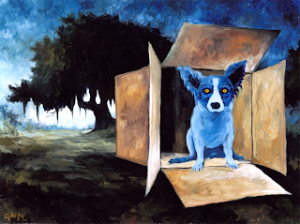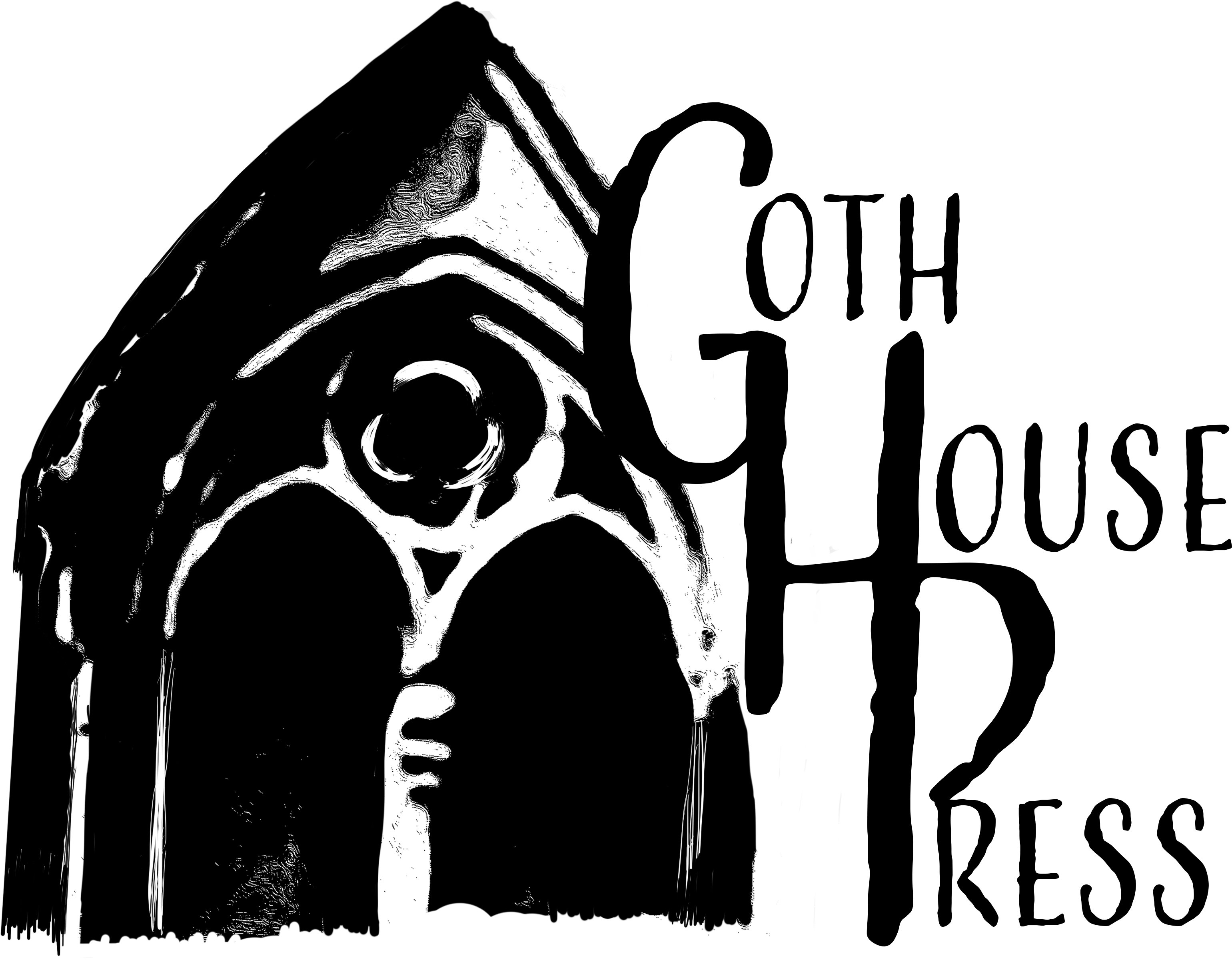Years before I had the idea of writing a werewolf novel, I ran into the Anglo-Saxon word “wael-wulf” — meaning slaughter-wolf — and had an a-ha! moment. This word, sometimes used to refer to Norse raiders, seemed to me a possible source for the modern English “werewolf” — still spelled as a compound word in Sabine Baring-Gould’s influential 1865 The Book of Were-Wolves.
The old Norse held the Wolf as the most fearsome of the three “Beasts of Battle” (the Eagle and the Raven were the other two) and associated them with a specialized type of warrior — the berserker. A berserker was a terrifyingly unhinged warrior, often associated with the god Odin, and said to act like a beast, or like a person possessed. They wore the skins of bears or wolves when they went into battle. Many tales had them literally taking the shape of a bear of a wolf, and attributed other magical qualities to them, such as immunity to ordinary weapons.
I often shared these tidbits of information at convention discussion panels about werewolves. But I had no reason to locate werewolves in the American south until I read Gumbo Ya-Ya, a book of Louisiana tales originally published in 1945 under the direction of noted New Orleans writer and folklorist Robert Tallant. Gumbo Ya-Ya identifies the Cajun werewolf as the “loup-garou” — French for “wolf man.”
The loup-garou in Tallant’s book have some charmingly odd characteristics, such as the ability to summon giant bats to ride on, and a terrible fear of frogs. But they also share features with the Norse berserkers, such as immunity to ordinary weapons, and transformation by choice in order to do something unspeakable.
In Tallant’s book, the loup-garou are used to threaten children — be good, or the loup-garous will get you!
 They were still using this threat when Cajun artist George Rodrigue was growing up, as reported by his wife, Wendy. In the late 1980s Rodrigue began to paint a figure inspired by these childhood ghost stories — a human-sized blue dog with glowing red or yellow eyes, often shown in a spooky nighttime swamp landscape. But as he returned again and again to his own version of the loup-garou, the creature became more friendly and popular, until the blue dog was likely to be seen hanging with the Blues Brothers or Satchmo, and welcomes visitors to the Sheraton on Canal Street, the official hotel of the New Orleans Jazz and Heritage Festival.
They were still using this threat when Cajun artist George Rodrigue was growing up, as reported by his wife, Wendy. In the late 1980s Rodrigue began to paint a figure inspired by these childhood ghost stories — a human-sized blue dog with glowing red or yellow eyes, often shown in a spooky nighttime swamp landscape. But as he returned again and again to his own version of the loup-garou, the creature became more friendly and popular, until the blue dog was likely to be seen hanging with the Blues Brothers or Satchmo, and welcomes visitors to the Sheraton on Canal Street, the official hotel of the New Orleans Jazz and Heritage Festival.
(One Cajun swamp tour guide identified the loup-garou as a childhood threat, and as a specifically female werewolf, but he’s my only source for that. He’s my original source for the notion of the loup-garou being redheads, and for the pronunciation being closer to “lugaru” or “rougarou.”)
I began working on my Cajun werewolf story, but had no connection between the Cajun legends and the Norse legends until I ran into information about the early 18th-century expulsion of the Acadian French-speakers by the British from what today are the Canadian Maritime provinces. Also known as Le Grand Dérangement, this expulsion dispersed the Acadians to various places in the Caribbean and what is today the United States, as well as deporting some of them back to France. Some of them left France to settle in Louisiana, which was then owned by Spain.
In the eleventh century, the Norse berserkers were outlawed. In the eleventh century, the Norse visited North America. In the official record they didn’t leave any permanent settlements behind. But what if they did? What if they left behind a colony of werewolves, expelled from the Norse lands? What if they were expelled again, along with the Acadians? And with them, eventually settled in southern Louisiana?
This is the primary conceit behind the Tales of the Rougarou series: that the Cajun rougarou legends are folklore inspired by a colony of real werewolves who have lived in the area alongside them (in relative peace) for hundreds of years.

I’m trying to find the name of a TV movie or miniseries. It was about a man trying to find whatever is killing local livestock. The soon start hinting about the rougarou. People begin to disappear and a search of the swamps only open more questions. Eventually a family of outcast neighbors calls to say they have one of their own who may be responsible. He is chained and completely out of his mind. They never admit to the rougarou but definitely hint at it, just making it more of a mystery. Saw this on television several years ago but can’t remember the name. Please help. Would love to see it again and share it with others thanks
Hi Connie! That sounds a lot like a series I saw on the History Channel which was called Cryptid: The Swamp Beast. It happened to be on the last time I was in New Orleans, which amused me no end.